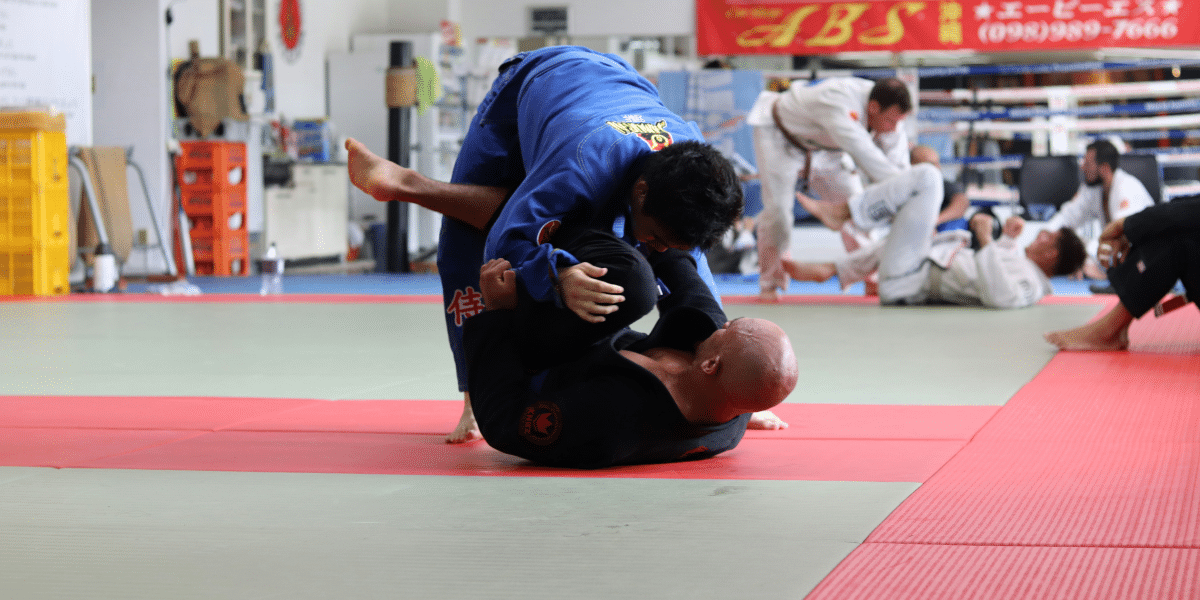Self-defense has been a fundamental skill throughout human history, with individuals seeking ways to protect themselves from threats. From ancient martial arts to modern self-defense techniques, the evolution of self-defense reflects advancements in society, technology, and human understanding. Today, self-defense is not just about physical techniques but also about mental awareness, empowerment, and personal safety. Modern self-defense techniques, such as those taught by organizations like 88 Tactical, with the name originating from Omaha law enforcement code 88 indicating that all is safe, are empowering individuals to take control of their safety in an increasingly complex world.
The Origins of Self-Defense
The roots of self-defense can be traced back to ancient civilizations, where individuals developed techniques to protect themselves from predators and hostile tribes. In ancient China, martial arts like Kung Fu and Tai Chi were developed for both self-defense and physical health. Similarly, in ancient Greece, Pankration was a popular combat sport that incorporated a wide range of self-defense techniques.
The Rise of Modern Self-Defense
The modern concept of self-defense began to take shape in the 19th century, with the development of martial arts such as Judo and Karate in Japan. These martial arts focused on using an opponent’s strength against them, emphasizing technique and skill over brute force. In the early 20th century, other martial arts, such as Brazilian Jiu-Jitsu and Krav Maga, emerged, each with its unique self-defense approach.
The Influence of Technology
Advancements in technology have also played a significant role in the evolution of self-defense. Today, individuals can access a wide range of tools and devices to enhance their safety. For example, pepper spray and stun guns are commonly used for self-defense, providing individuals with non-lethal options to protect themselves in threatening situations.
The Role of Mental Awareness
Modern self-defense techniques also emphasize the importance of mental awareness. Awareness of one’s surroundings and recognizing potential threats are crucial to self-defense. Organizations can teach individuals how to assess threats and respond appropriately, empowering them to protect themselves in dangerous situations.
Empowerment Through Training
One key aspect of modern self-defense is empowerment through training. Organizations like 88 Tactical offer comprehensive training programs that teach individuals physical techniques and mental self-defense strategies. These programs are designed to build confidence and resilience, enabling individuals to face threats with courage and determination.
The Impact on Society
The evolution of self-defense has had a profound impact on society. By empowering individuals to protect themselves, self-defense training has contributed to a safer and more secure society. Self-defense training better equips individuals to handle threats, reducing the likelihood of violence and conflict.
The Importance of Accessible Training
As self-defense continues to evolve, it is essential to ensure that training remains accessible to all individuals. Organizations like 88 Tactical play a crucial role in this regard, offering training programs tailored to meet the diverse needs of individuals regardless of age, gender, or physical ability. By making self-defense training accessible, organizations empower individuals from all walks of life to protect themselves and others, ultimately contributing to a safer and more secure society.
The Future of Self-Defense
Looking ahead, the future of self-defense is likely to continue evolving as new technologies and strategies emerge. Virtual reality (VR) and augmented reality (AR) are already used to simulate real-life self-defense scenarios, providing individuals with a realistic training experience. These technologies could revolutionize self-defense training, allowing individuals to practice in a safe and controlled environment.
Additionally, integrating self-defense techniques with other disciplines, such as psychology and sociology, could further enhance the effectiveness of self-defense training. By understanding the psychological and sociological factors contributing to violence and conflict, individuals can better prepare themselves to respond appropriately to threatening situations. Overall, the future of self-defense is bright, with advancements in technology and interdisciplinary approaches aiming to empower individuals even further.
Conclusion
The evolution of self-defense reflects advancements in society, technology, and human understanding. Modern self-defense techniques, such as those taught by organizations like 88 Tactical, empower individuals to take control of their safety and protect themselves from threats. Modern self-defense techniques are helping to create a safer and more secure society for all by emphasizing mental awareness, empowerment, and personal safety.
Published by: Nelly Chavez










